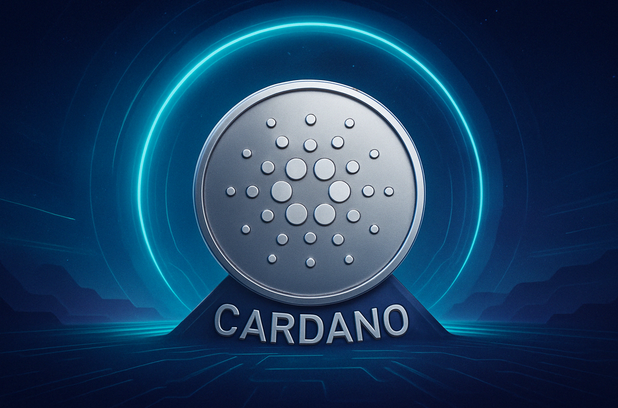ARTICLE AD BOX
Felix Pinkston Dec 04, 2024 19:58
Explore how Multichannel transcription and Speaker Diarization enhance audio transcription by distinguishing speakers, improving accuracy, and organizing transcripts for better analysis.

As audio recordings become increasingly complex with multiple speakers, the need for accurate and organized transcriptions is more crucial than ever. Two key technologies addressing this challenge are Multichannel transcription and Speaker Diarization, according to AssemblyAI.
Understanding Multichannel Transcription
Multichannel transcription, often referred to as channel diarization, involves processing audio recordings that have multiple channels, each dedicated to a different speaker. This method allows for the isolation of individual contributions, reducing background noise and enhancing transcription accuracy. Common scenarios include conference calls and podcasts where each participant is recorded on a separate channel, facilitating clear speaker attribution.
By keeping audio streams distinct, Multichannel transcription simplifies the transcription process, delivering organized and reliable transcripts suitable for various applications.
Understanding Speaker Diarization
Speaker Diarization, in contrast, deals with single-channel recordings, identifying and distinguishing different speakers within the same audio track. This technique is essential in scenarios such as meetings or interviews where multiple voices are recorded on a single channel. Advanced algorithms analyze voice characteristics to segment audio into speaker-specific portions, enabling accurate speaker attribution even in overlapping speech scenarios.
Choosing Between Multichannel and Speaker Diarization
The decision between these two methods largely depends on the recording setup and transcription needs. Multichannel transcription is ideal for setups where each speaker can be recorded on a separate channel, ensuring high accuracy and clarity. On the other hand, Speaker Diarization is suited for single-channel recordings, utilizing sophisticated algorithms to differentiate speakers without separate channels.
Both methods enhance transcription quality, but the choice hinges on the recording environment and desired transcript detail.
Implementation with AssemblyAI
For those looking to implement these technologies, AssemblyAI provides comprehensive tools. Multichannel transcription can be enabled by setting the 'multichannel' parameter to true, allowing each audio channel to be transcribed independently. Speaker Diarization is activated by the 'speaker_labels' parameter, which segments and attributes speech to individual speakers within a single channel.
These features ensure structured and detailed transcripts, enhancing usability and providing deeper insights into speaker-specific contributions.
To learn more about these technologies, visit the full article on AssemblyAI.
Image source: Shutterstock









 English (US) ·
English (US) ·